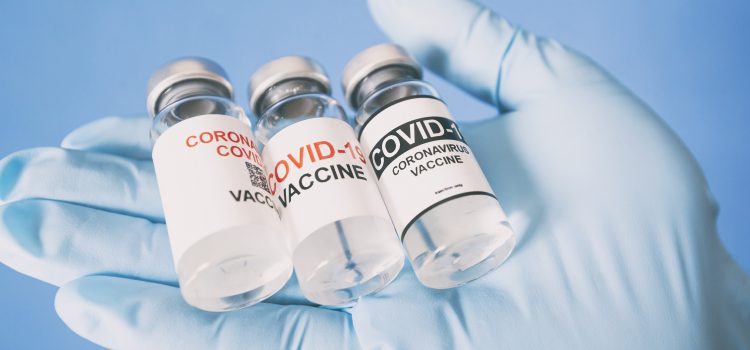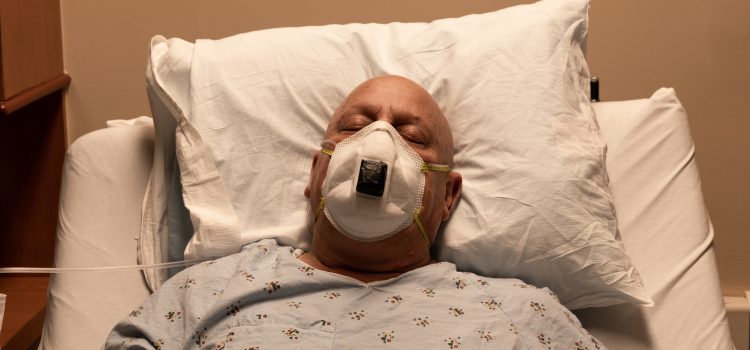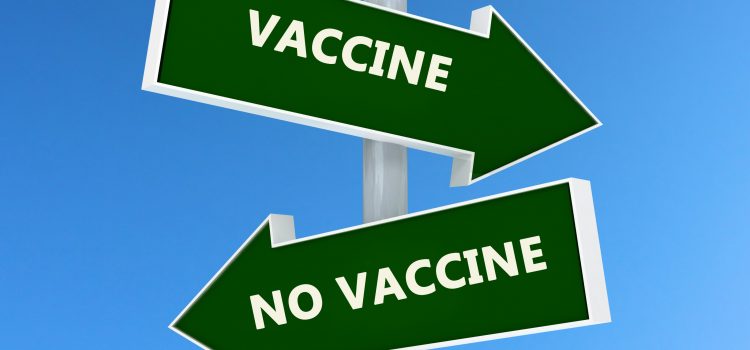COVID-19 vaccines are proving to not only diminish the risk of patients becoming infected with the original SARS-CoV-2 virus and its variants, but also to protect against serious illness in patients who do become infected—including those infected with the Delta variant. A study published in Morbidity and Mortality Weekly Report revealed that vaccinated patients diagnosed with the Delta variant of COVID-19 are less likely to require hospitalization or visits to the emergency room or urgent …
Read More









